If you're a homeowner, you know the importance of keeping your furnace in good working condition. The truth about home air filters is that choosing the right filter is one of the most essential parts of maintaining your furnace.
A furnace filter catches dirt, dust, and other particles that can clog up your system and reduce efficiency. But with so many options available, how do you choose a furnace filter that is right for you?
Understanding furnace filters can be overwhelming, but it doesn't have to be. This article will explain the different types of filters available, what the ratings mean, and how to select the right filter for your home.
We'll also provide tips on installation and maintenance to keep your furnace running smoothly.
With our help, you can confidently choose the right furnace filter.
When it comes to choosing a furnace filter, it's important to understand the different types of filters available and their respective benefits.
In this section, we'll explore the importance of filter quality and the various types of furnace filters.
Air filters are essential for maintaining good indoor air quality. They help remove dust, pollen, and other airborne particles, making breathing easier and reducing the risk of allergies and asthma. However, not all filters are created equal.
Regarding filter quality, the best HVAC filters can capture the smallest particles.
Look for filters with a high MERV (Minimum Efficiency Reporting Value) rating, which indicates how well the filter can capture particles of different sizes. A MERV rating of 8 or higher is recommended for most homes.
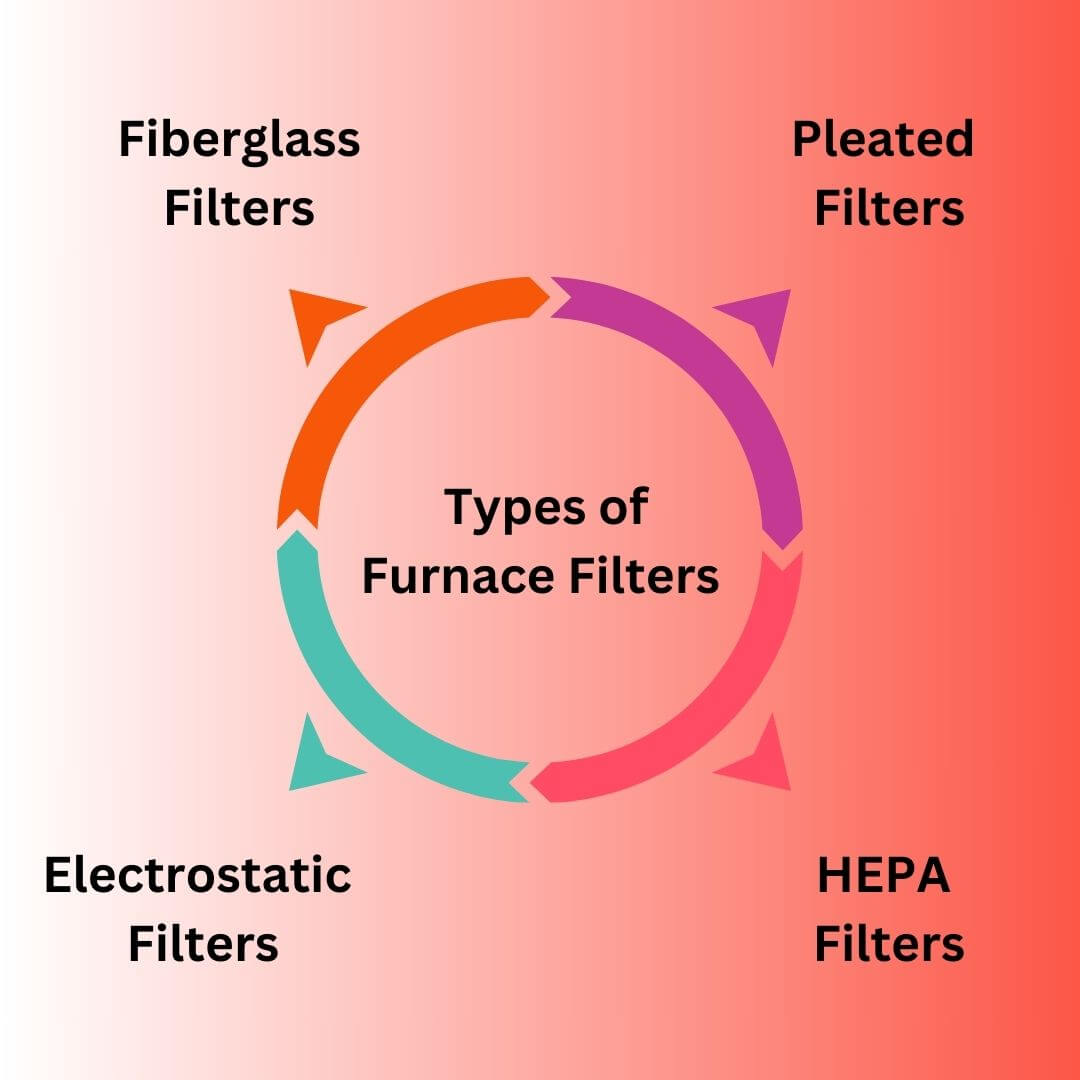
What air filter should I buy? Is a question most homeowners like yourself have.
There are several types of furnace filters available, each with its own advantages and disadvantages. Here are the most common types:
Advantages:
Disadvantages:
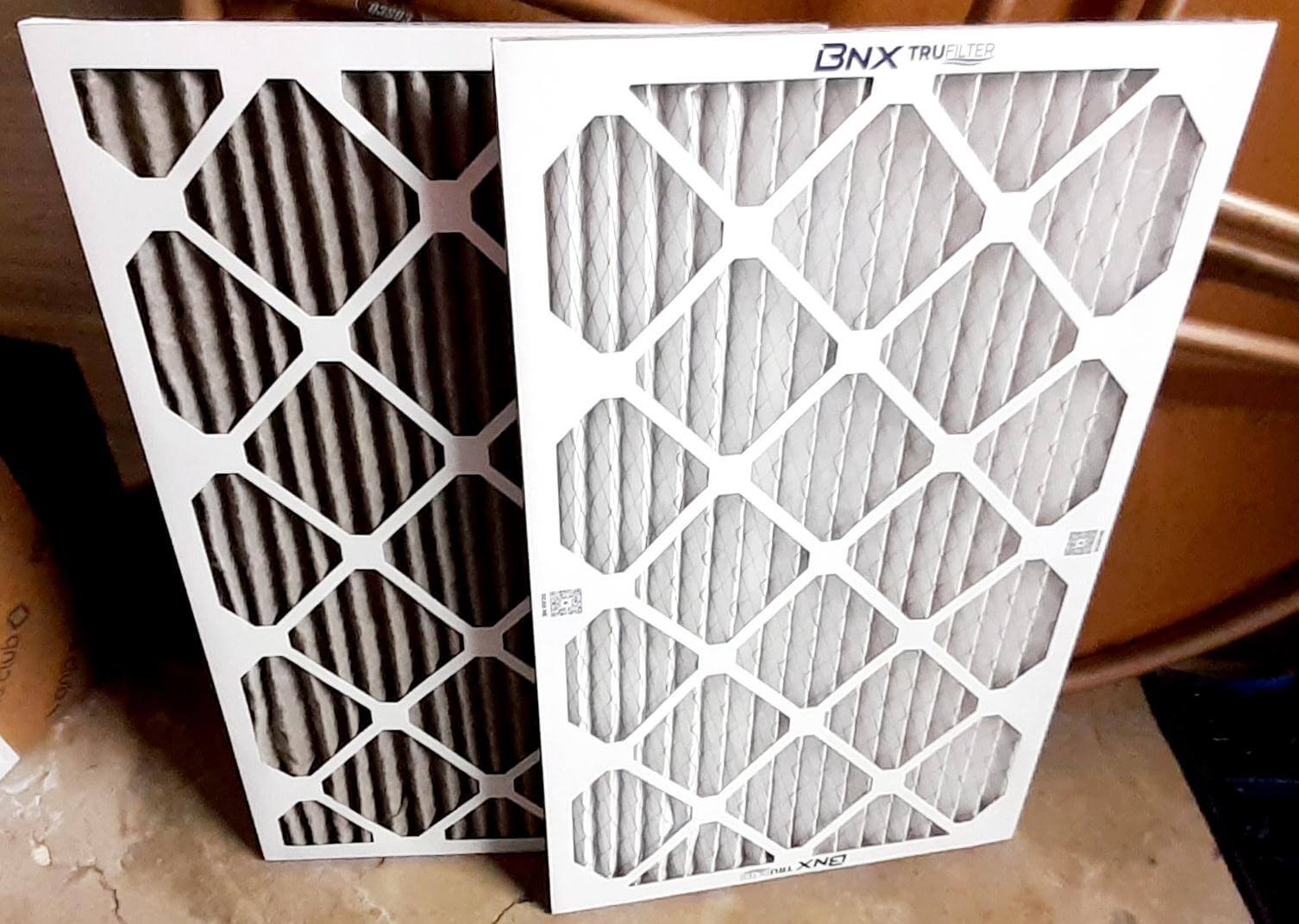
Advantages:
Disadvantages:
Advantages:
Disadvantages:
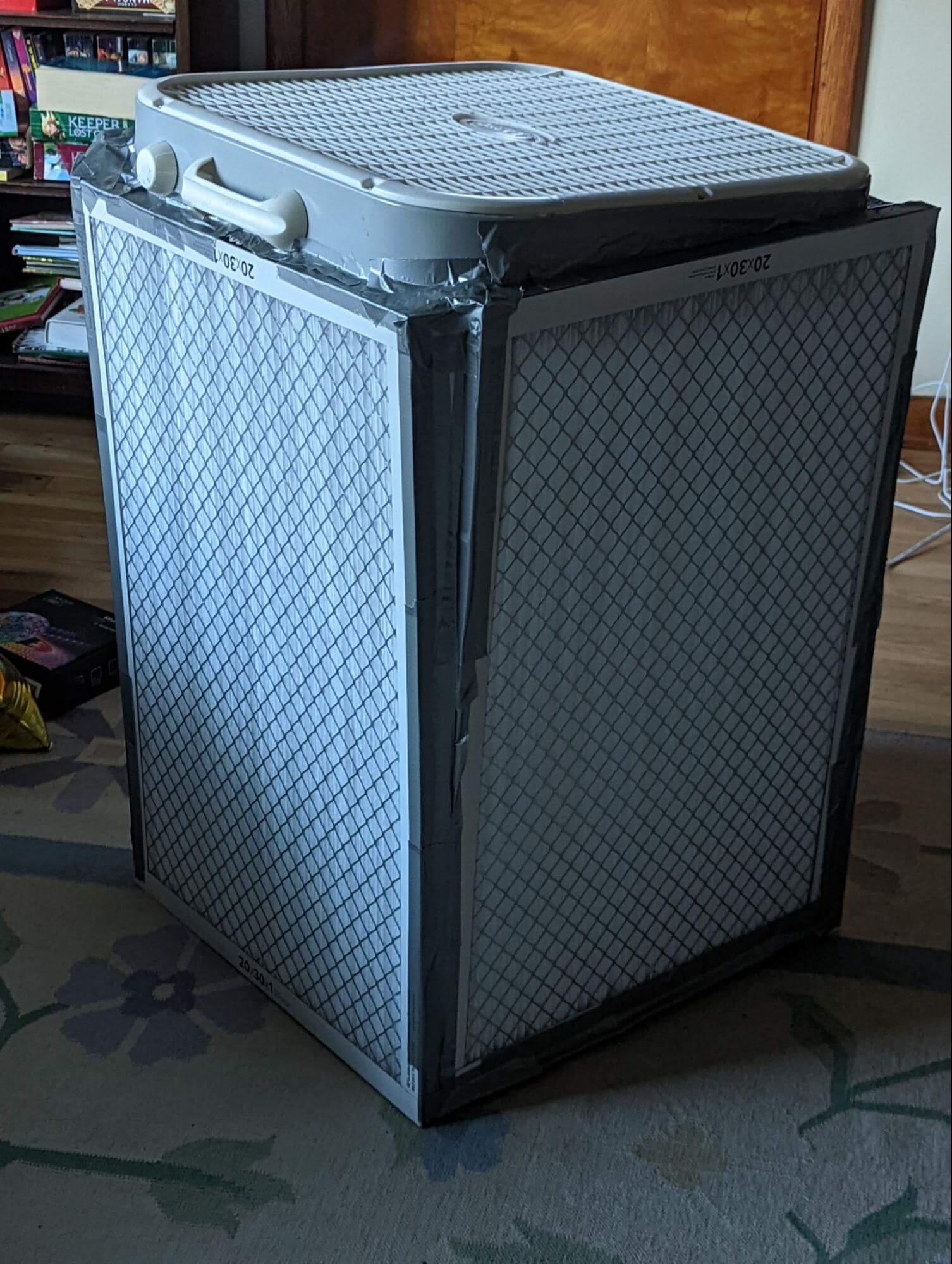
Advantages:
Dis-advantages:
Therefore, when choosing a furnace filter, it's essential to consider the air filter ratings and the type of filter that will best meet your needs.
A filter with a high MERV rating and a pleated or electrostatic design is a good choice for most homes. However, if you have allergies or respiratory problems, a HEPA filter may be the best option.
When it comes to selecting the right furnace filter, understanding furnace air filter ratings is essential.
In this section, we will explain the two most common filter rating systems: MERV and HEPA.

MERV stands for Minimum Efficiency Reporting Value and is a rating system that measures the effectiveness of air filters.
The MERV rating ranges from 1 to 20, with a higher number indicating a more effective filter.
A MERV 1 filter is the least efficient and can only capture larger particles such as pollen and dust.
In contrast, a MERV 20 filter can capture even the tiniest particles, including viruses and bacteria.
When choosing a filter, it's essential to consider your specific needs. If you have allergies or asthma, choose a filter with a higher MERV rating to capture smaller particles that can trigger symptoms.
HEPA stands for High-Efficiency Particulate Air and is an even more efficient filter rating system than MERV. HEPA filters can capture 99.97% of particles that are 0.3 microns or larger.
While HEPA filters are more effective than MERV filters, they are also more expensive.
Additionally, HEPA filters are not always compatible with all HVAC systems, so checking with a professional before purchasing is essential.
Overall, MERV filters are a good option for most homes, while HEPA filters are best for those with specific needs, such as severe allergies or asthma.
By understanding the MERV and HEPA filter rating systems, you can make an informed decision when choosing a furnace filter that meets your specific needs.
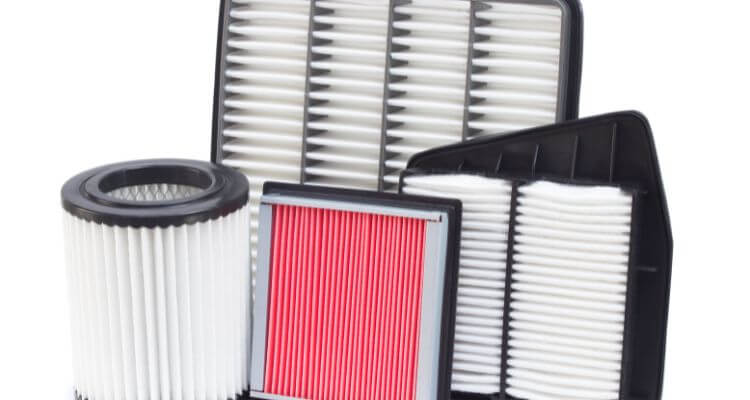
When it comes to choosing the right furnace filter for your home, there are a few things to consider. In this section, we will discuss two important factors that will help you make an informed decision: filter size and fit, and balancing cost and quality.
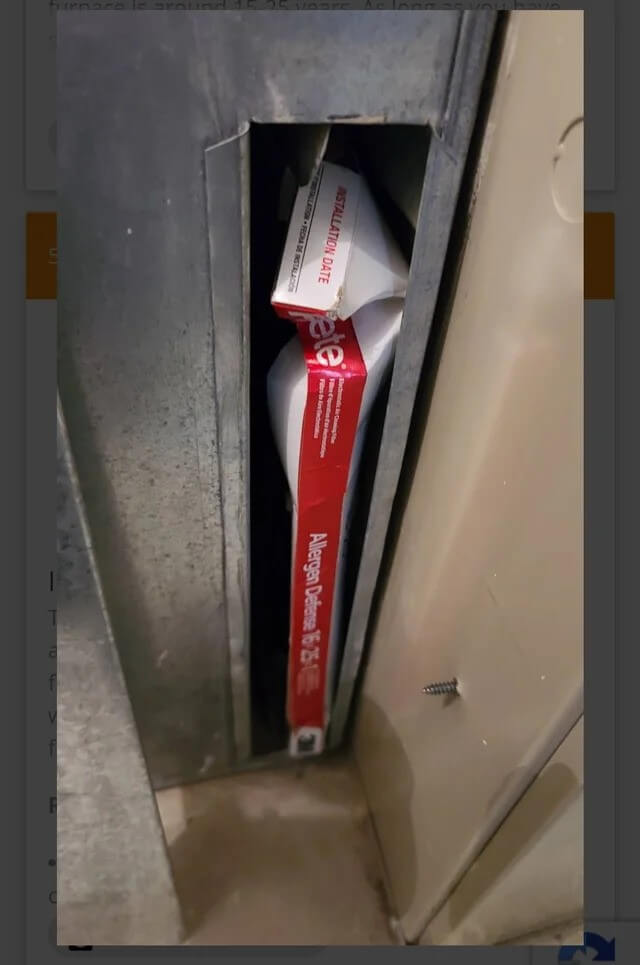
Before purchasing a new furnace filter, it's essential to know the size and fit of your current filter. The size of the filter is determined by its thickness, width, and length. You can find this information on the old filter or your furnace manual.
It's essential to choose a filter that fits your furnace correctly. A filter that is too small can allow dust and debris to bypass the filter, while a filter that is too large may not fit properly and can cause airflow issues.
When it comes to choosing a furnace filter, there are various options available at different price points. It's important to balance cost and quality to get a filter that meets your needs and budget.
Cheaper filters, such as woven fiberglass filters, are typically the least expensive option but may need to be replaced more frequently. More expensive electrostatic filters can capture smaller particles and need less changing than cheaper pleated filters.
Consider your specific needs when choosing a furnace filter. If you have allergies, invest in a higher-quality filter to capture smaller particles. If you have pets, choose a filter that can capture pet dander and hair.
By considering filter size and fit and balancing cost and quality, you can choose a furnace filter that meets your specific needs and keeps your home's air clean and healthy.
Your furnace filter is an essential component of your HVAC system. It helps to keep the air in your home clean by trapping dust, dirt, and other airborne particles. Over time, your filter will become clogged with debris, which can cause your HVAC system to work harder than it needs to.
Here are some signs that it's time to replace your filter.
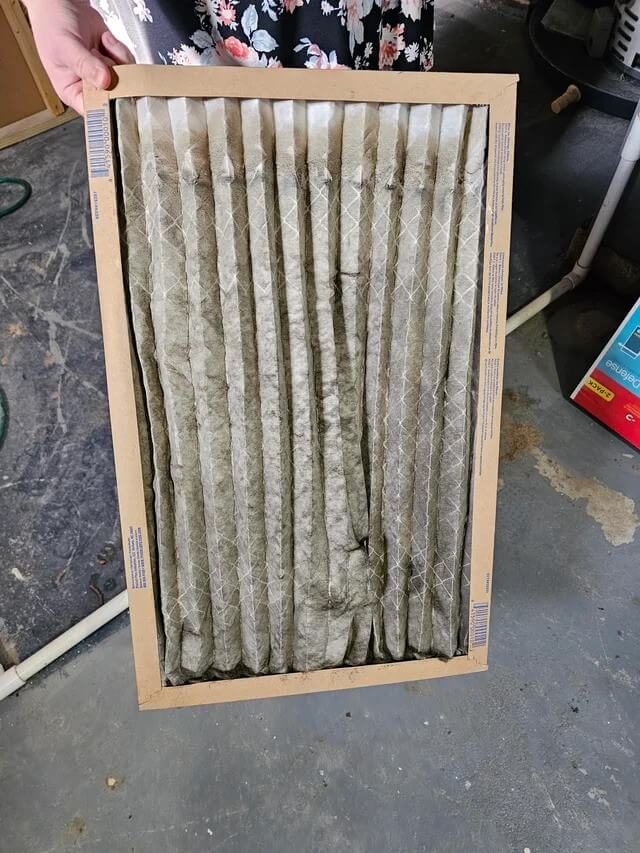
The frequency with which you need to change your filter will depend on various factors, including the season.
During the winter months, when your HVAC system works overtime to keep your home warm, you may need to change your filter more frequently.
This is because your filter will become clogged with dust and debris more quickly when your system runs more often.
Generally, it's a good idea to check your filter every month and replace it when it's dirty. By doing so, you can ensure that your HVAC system is working efficiently and that the air in your home is clean and healthy.
When it comes to shopping for furnace filters, there are a few things you should keep in mind. Here are some tips to help you choose the right filter for your needs.
You can buy furnace filters at most home improvement stores, hardware stores, and online retailers. Before you buy a filter, make sure you know the size you need. You can find this information on your old filter or furnace manual.
If you're not sure what size filter you need, you can measure the dimensions of your old filter or contact the manufacturer.
There are many different brands of furnace filters on the market, each with its strengths and weaknesses.
Some filters are designed to capture smaller particles, while others are more affordable but must be replaced more frequently.
When comparing brands and prices, consider the following factors:
When shopping for replacement air filters, choosing the best HVAC filters compatible with your HVAC system and meeting your needs is essential.
By considering factors like MERV rating, filter material, and price, you can find a filter that works well for your home and budget.
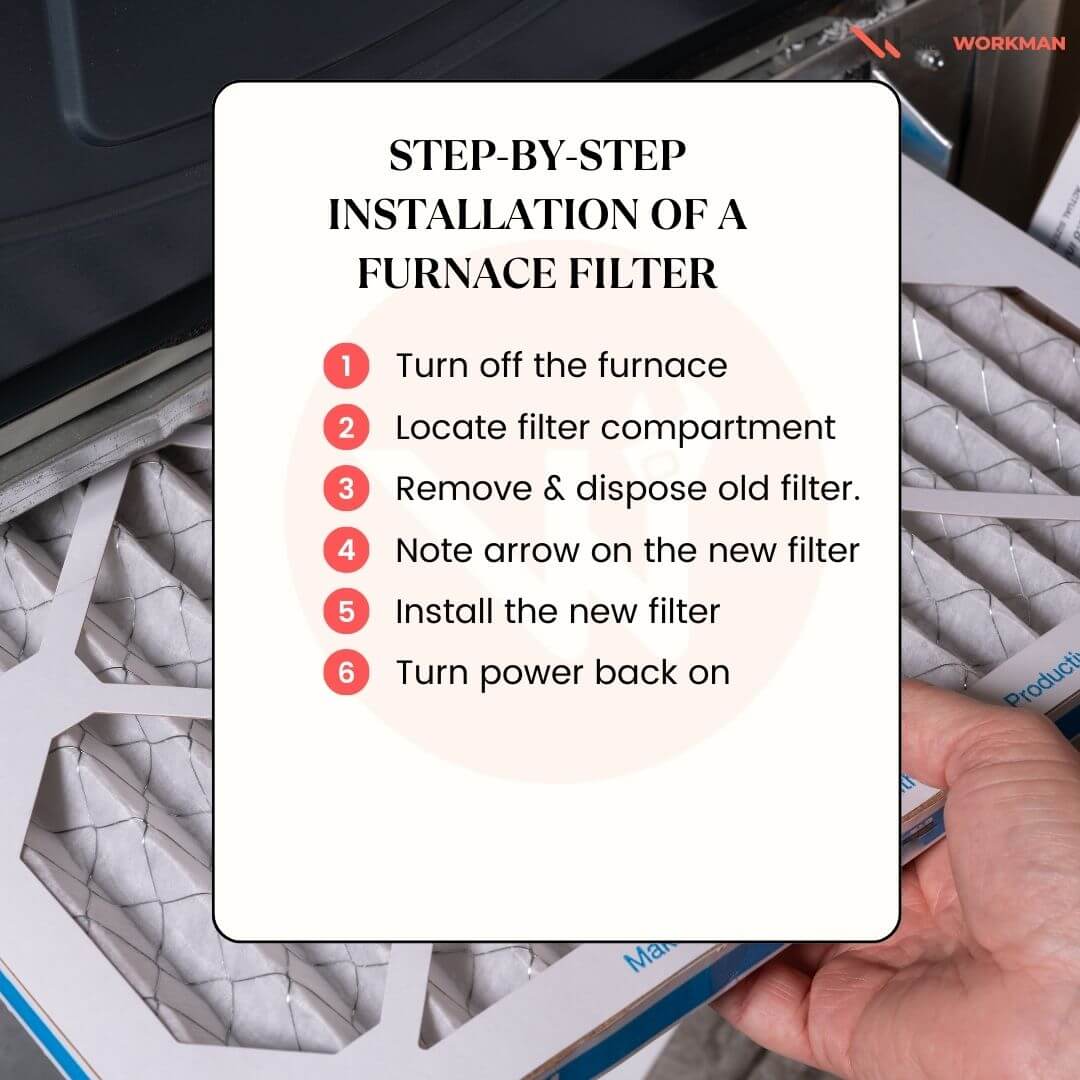
When installing a furnace filter, it is essential to follow the proper steps to ensure it is installed correctly and functioning efficiently.
Here is a step-by-step guide to installing a furnace filter:
There are a few common mistakes that people make when installing furnace filters. Here are a few things to avoid:
By following these simple steps and avoiding common mistakes, you can ensure that your furnace filter is installed correctly and functioning efficiently.
Keeping the air quality in your home at a healthy level is important for your health and comfort. Here are some more steps you can take to ensure your indoor air is clean and healthy.
To keep your furnace filter working efficiently, it's essential to change it regularly.
Most filters need to be changed every one to three months, depending on how often you use your furnace and your filter type. Set a reminder on your calendar or phone to check your filter every month and replace it as needed.
In addition to changing your filter, you should also schedule regular maintenance for your furnace.
A professional HVAC technician can clean and inspect your furnace to ensure it's working correctly and not releasing harmful pollutants into your home.
There are other steps you can take to improve the air quality in your home, in addition to changing your furnace filter and scheduling regular maintenance.
Here are a few ideas to consider:
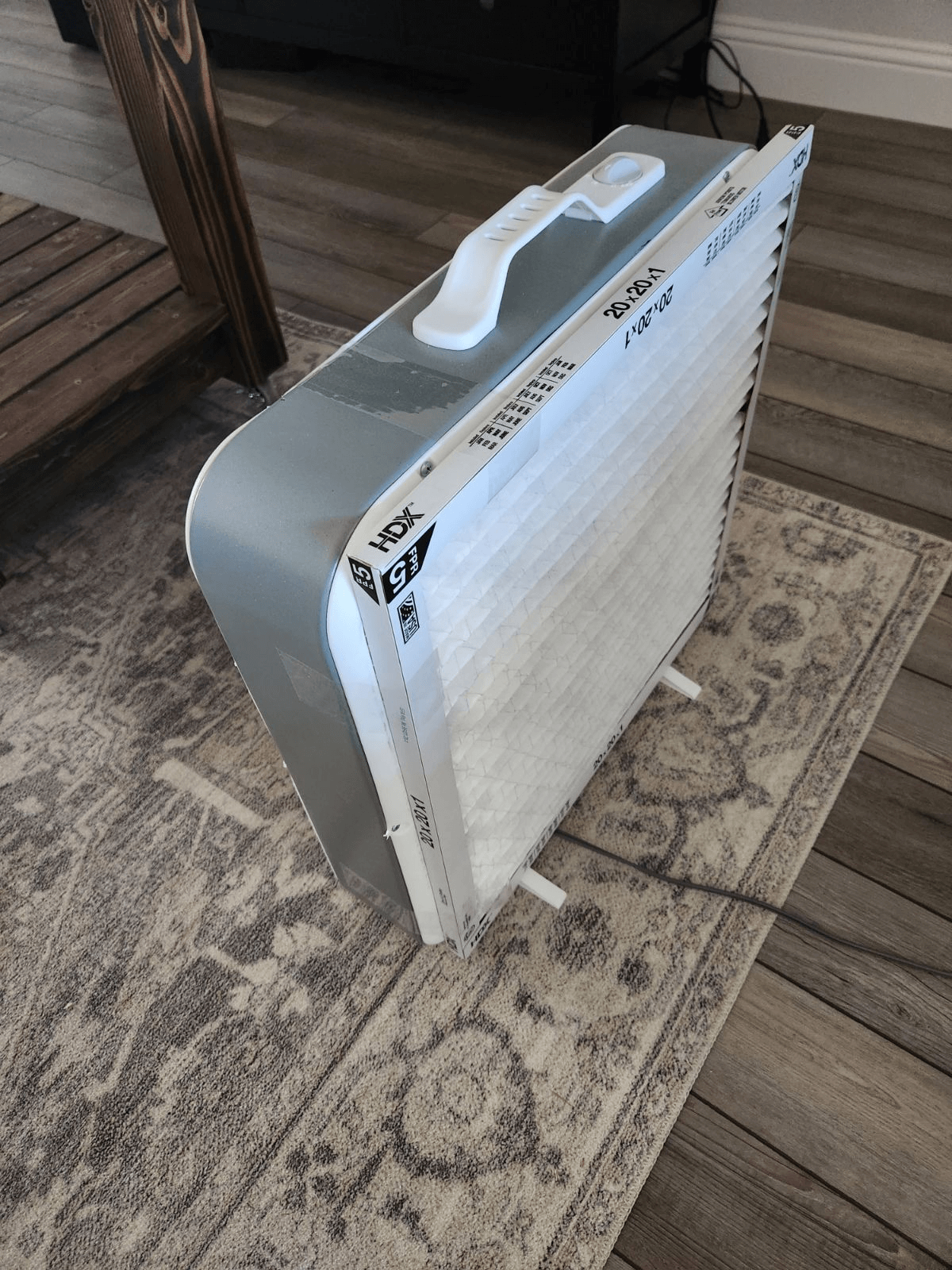
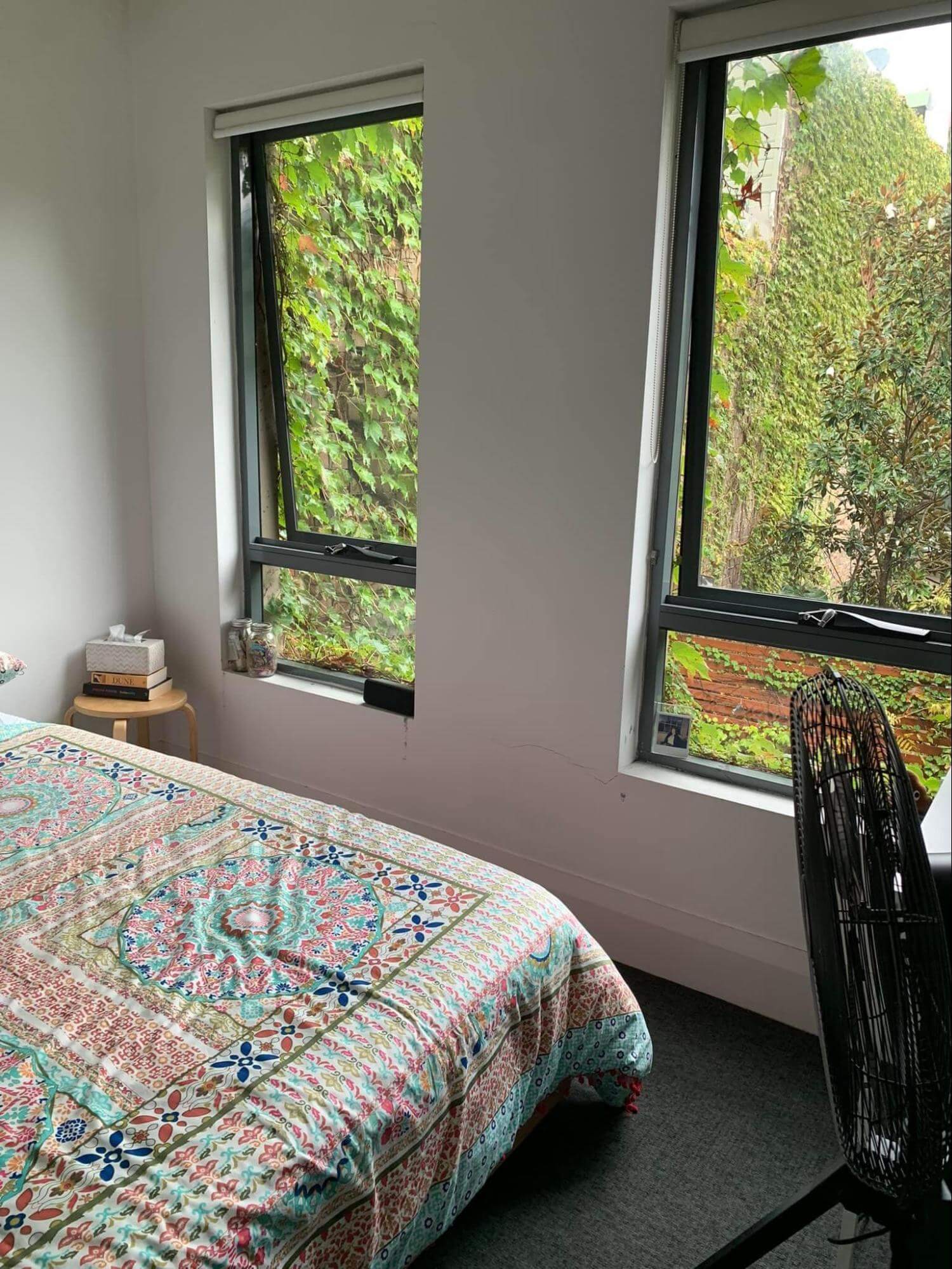
By following these tips, you can help maintain good air quality in your home and reduce the risk of respiratory problems and allergies.
The easiest way to determine the size of the filter is to check the dimensions of the current filter in your furnace. You can also check the owner's manual for your furnace or the manufacturer's website for specifications. It's important to use the correct size filter to ensure proper airflow and filtration.
MERV ratings measure the effectiveness of a filter at capturing airborne particles. The higher the MERV rating, the more efficiently the filter captures small particles. However, a higher MERV rating also means the filter may restrict airflow, which can strain your HVAC system.
For most homes, a MERV rating between 8 and 11 is sufficient. If you have allergies or respiratory issues, consider a higher MERV rating, but check with an HVAC professional first.
A higher MERV rating can provide better filtration and improve indoor air quality, but it can also restrict airflow and put additional strain on your HVAC system. It's important to choose a MERV rating that balances filtration needs with the capacity of your HVAC system.
A MERV rating of 13 or higher may not be suitable for all HVAC systems, so it's best to consult with an HVAC professional.
The frequency of filter changes depends on several factors, including the type of filter, the MERV rating, and the level of air pollution in your home. As a general rule, changing your filter every 1-3 months is recommended.
However, you may need to change it more frequently if you have pets, allergies, or live in an area with high levels of air pollution.
Several types of furnace filters are available for residential use, including fiberglass, pleated, electrostatic, and HEPA filters. Fiberglass filters are the most basic and least expensive option, but they only capture large particles. Pleated filters offer better filtration and are available in a range of MERV ratings.
Electrostatic filters use static electricity to capture particles, but they can be expensive and may produce ozone. HEPA filters are the most efficient at capturing small particles, but they can be expensive and require HVAC system modifications.
The brand of furnace filter can make a difference in quality and performance. Still, it's more important to focus on the specifications of the filter, such as the MERV rating and type of filtration media.
Be sure to choose a reputable brand and look for filters certified by independent testing organizations like the American Society of Heating, Refrigerating, and Air-Conditioning Engineers (ASHRAE).
To summarize all that we have talked about there are four types of furnace filters: Fiberglass, Pleated, Electrostatic and HEPA filters. Deciding which filter is best for you will depend on its size, fit and cost.
Lastly, ensure that you have a regular maintenance schedule with frequent cleaning of filters to increase their lifespan and maintain the air quality in your home.